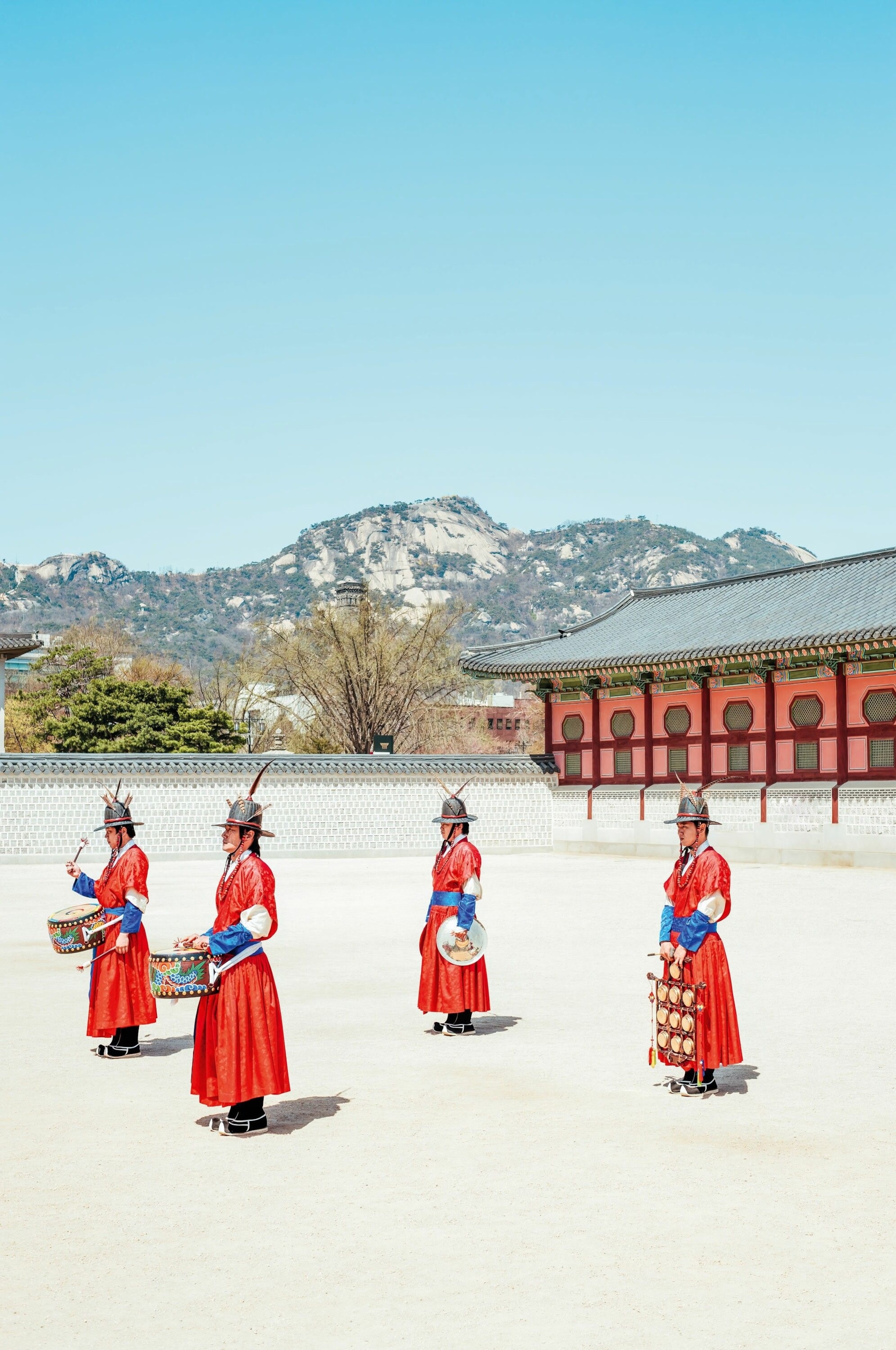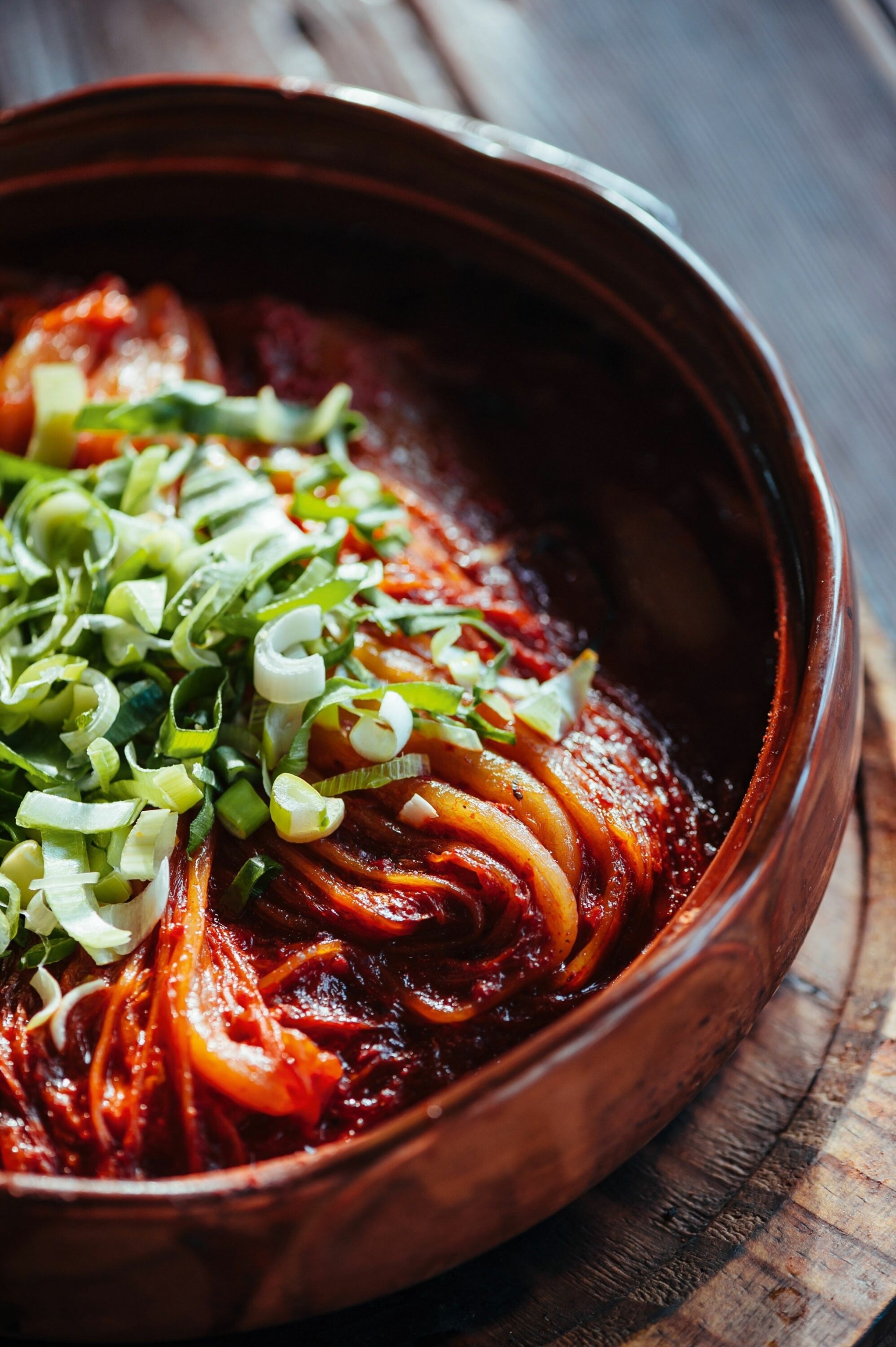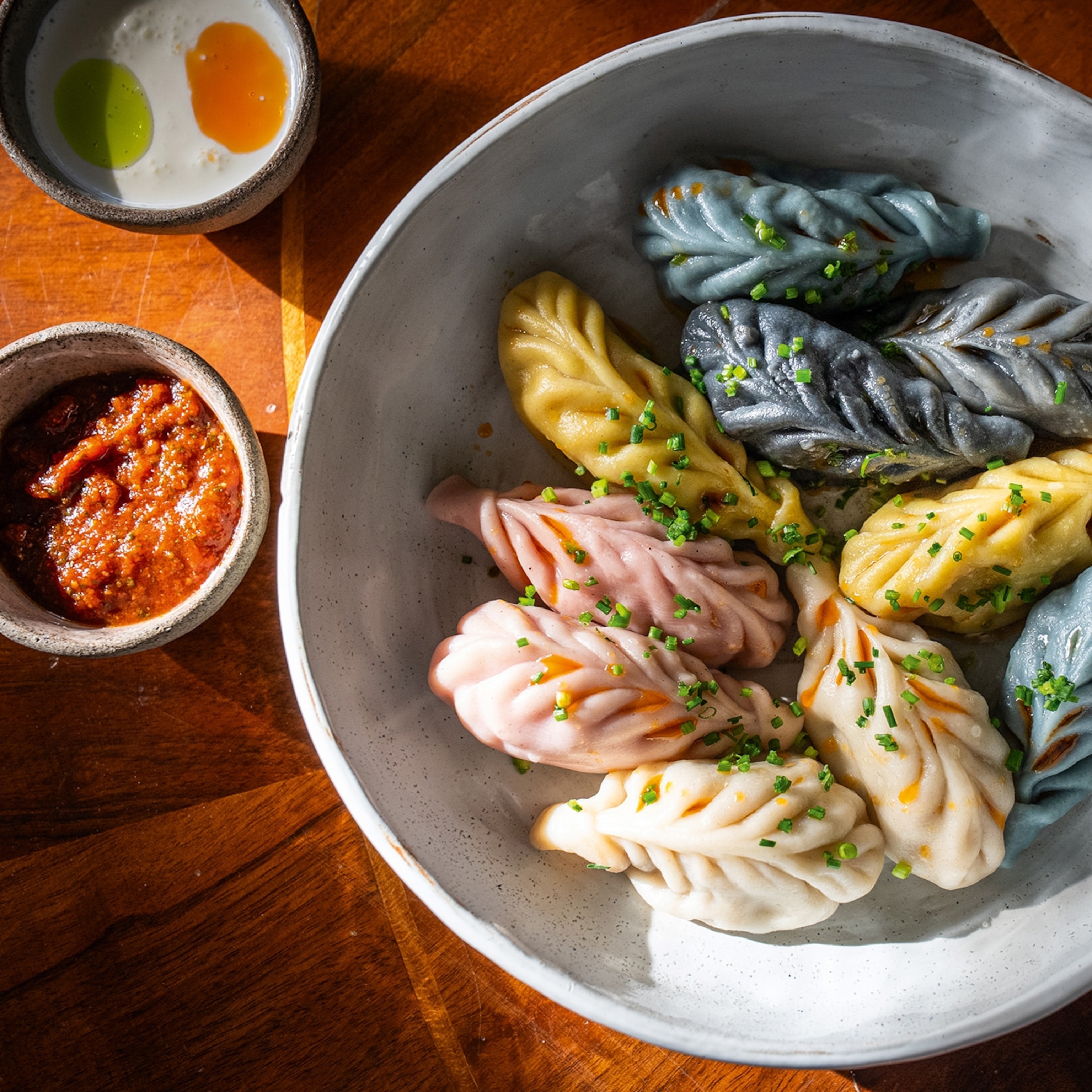
How I got the shot: Mark Parren Taylor on shooting in Seoul’s historic Gyeongbokgung Palace
Contributing photographer Mark Parren Taylor tells us about his trip to the South Korean capital and how he captured this striking image, published in our May 2022 issue.
Tell us about this image.
I was in Korea working on a couple of story ideas, one of which was an exploration of Seoul’s cultural inheritance. As the South Korean equivalent to Beijing's Forbidden City or Edinburgh Castle, a visit to the Gyeongbokgung Palace museum was essential. Each day, the museum puts on re-enactments that bring life to the palace’s vast and austere front courtyards. I had planned for shots of Gyeongbokgung’s stunning architecture and decoration to run ribbon-like through the photo story, and including the re-enactment would contribute in three ways: preventing the collection of museum shots from seeming empty and detached; encapsulating the theme of past and present intertwined; and tying in shots taken elsewhere of Koreans in hanbok (traditional costumes).
How did you achieve the shot?
On travel assignments, I invariably carry the same kit with me, which changes only occasionally when a specific situation is expected. I mostly end up leaving my longest lens (a 70-200 zoom, short by some photographers’ reckoning) behind, as I like to get up close through a ‘standard’ 50mm. That said, I carry two camera bodies in my bag — and the second is probably fitted with a prime 28mm. I can then reach for whichever camera suits the moment without the faff and risk of changing lenses.
As a travel photographer, you must pack for a day of variety. It starts before commuters head out (sometimes, when farmers and fisherfolk start their days) and goes on until well after sundown. Travel photography is a mix of street and food, interiors and architecture, portraits, landscapes or cityscapes. With a lot of ground to cover — preferably, most of it on foot — a moderate-sized camera bag that can fit all the kit necessary is essential (for me, no more than 20lbs). That means being ready to improvise when a situation demands.
What were the challenges at play?
This was a straightforward shot in many ways, apart from ensuring the exposure was bang on; the beautiful Korean sunlight bouncing off the gravelly ground and pale stone buildings had a similar brightness to a snowy Alpine scene, so the aperture needed to be opened slightly. Since I like a pared-down, graphical image, I wanted to compose the four performers in a pleasing formation, which meant keeping some other figures behind them out of frame. It was a case of waiting for a moment when the performers’ actions weren’t odd-looking (such as hands in positions, where one could wonder what they were up to) and, at those times when they were in motion, to catch the activity at its ‘height’ (such as the drummer’s hand with the drum mallet).
View the full shoot

What advice would you give to someone starting out in travel photography?
This particular story aside, it’s not about racking up the air miles and heading to exotic locations. As the pandemic has shown us, there are loads of photogenic, lively, interesting destinations on our doorsteps that can provide as compelling, varied and lovely a story as three days in Seoul.
If there’s something else the pandemic taught us, it’s to have a side-line career ticking over. Ideally, it’ll be something using transferable skills, such as being a wedding photographer or product photography. Hopefully, this will tide us over when we’re ‘resting’.
On location, what elements do you seek out for a successful shot?
For me, the best shot has three things in play at the same time: an attractive, compelling subject; good light; and, if possible, something extra happening, be it quirky and surreal or mundane — a swan in the rain, a broken-down VW Beetle or a couple holding hands. Some good shots come by luck — though being out and about all day increases your chances exponentially — while other shots come from recognising a good angle or location and having the patience and time to wait for the light to be right or people to be wearing the right clothes or moving the right way. If the spot’s really exceptional, it may mean returning there later, too.
Was this shoot typical of your career as a travel photographer?
If I feel part way through an assignment that I’ve done something before, I stop and consider how I can make it interesting for both me and the audience.
Each night, I spend a couple of hours working on the day’s images and backing up the collection. I get a feel for how it’s coming together — what’s missing, what the mood is, whether the ‘tempo’ needs adjusting (some slower or more gentle images, or extra shots with immediacy or vibrancy), whether there are repeated colour themes or shapes or framings that I hadn’t anticipated but find appealing.
I want a story that has balance, variety and changes in rhythm, which definitely includes some images with negative space (for the designer to drop text into perhaps, but sometimes to balance a printed page). Above all, I want images that capture the story’s principle themes. Hopefully, that approach is the only thing that’s typical about a shoot and the subsequent story.
Published in the Jan/Feb 2023 issue of National Geographic Traveller (UK)
Follow us on social media
Twitter | Facebook | Instagram







